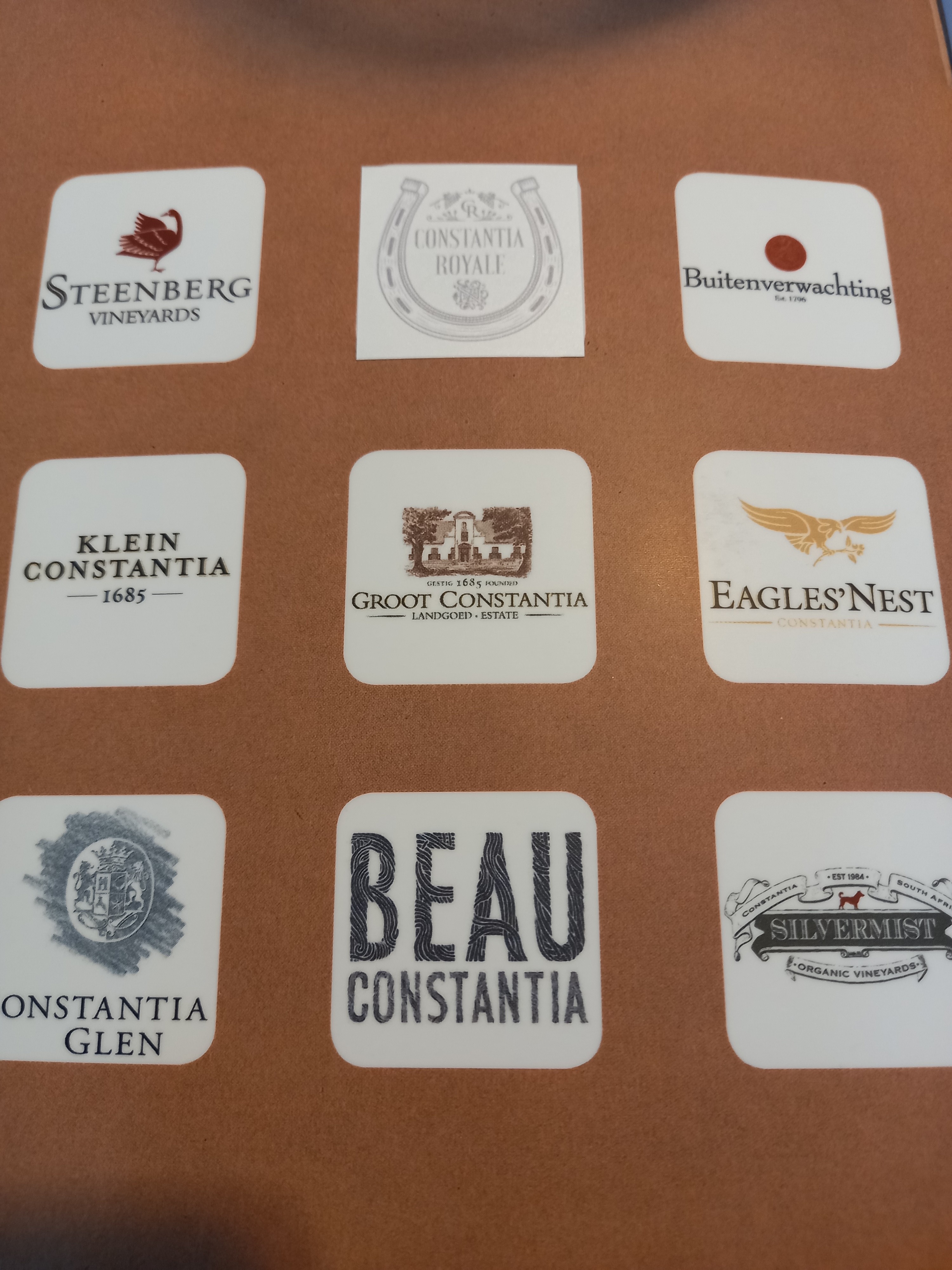Constantia’s focus on Sauvignon
One of the more interesting tastings I attended last year was one presented by Cathy Marston, master of wine student and head of the local chapter of the Wine & Spirits Education Trust.
The topic was a deep dive into sauvignon blanc from Constantia and Marston had wrangled the winemakers from all the wine farms in the area to present one wine and talk about their specific sites, soils and winemaking practices.
Represented were Buitenverwachting, Groot Constantia, Klein Constantia and Steenberg, along with Constantia Glen, Beau Constantia, Silvermist and Constantia Royale. (Eagle’s Nest source their fruit from Darling and Durbanville.)
Kicking off the presentation Marston drew some interesting comparisons with the world’s sauvignon blanc producing regions, notably France’s Sancerre, Chile’s Casablanca and New Zealand’s Marlborough area.
Sancerre and Constantia were at pretty much the same elevation, Marston noted, while Constantia, Casablanca and New Zealand all had the benefit of maritime influences due to proximity to the ocean. In terms of rainfall, Constantia boasts slightly more annual precipitation than Sancerre at around 750mm versus 550mm but then New Zealand’s sauvignon blanc heartland has just shy of 1000mm and Casablanca is at the other end of the scale with 365mm.
But those are not the only figures of interest: Sancerre boasts around 2 000 hectares under sauvignon blanc while Casablanca has 1 980 – and Marlborough a whopping 22 500 hectares! By comparison, Constantia’s 188 hectares seem meagre – and yet this South African region shows great promise because of the range of soils, aspects and altitudes which means the wines from the individual producers all have a point of difference.
As an aside, Marston pointed out that it was interesting to note that in 1975 not one hectare of this grape existed in New Zealand’s Marlborough region! That it is New Zealand’s vinous success story is incontrovertible.
Sauvignon blanc’s predilection for cooler climates is well documented and Constantia harvests its grapes a full month later than the same variety grown in Stellenbosch.
Klein Constantia’s journey with this white grape has been well documented and it is currently reinventing its offering. The 2021 vintage release has seen the team refine and reassess the estate sauvignon, one of six that it offers to consumers.
Bragging rights as a world beater have to go to Groot Constantia since its 2019 sauvignon blanc was awarded the coveted International Sauvignon Blanc trophy at the 2020 International Wine Challenge.
The most southerly producer in the region is Steenberg – and it’s most affected by the torrid winds which whip off False Bay. It means that yields are low – between 3.5 and 4 tons a hectare, cellarmaster Elunda Basson said. Since joining Steenberg a few years ago Basson has made a few significant changes, notably in the row direction of the vineyards and also separating the parcels of grapes which get morning sun from those receiving afternoon exposure. Allied with a regime of 12 to 18 hours of skin contact and 8 to 10 months on lees, Basson is looking to differentiate the property’s three expressions with the Black Swan at the pinnacle.
Constantia Glen has eight hectares of sauvignon, most planted 20 years ago. Because of its location, it gets around one hour more sunshine than other producers in the region. Diners Club winemaker of the year Justin van Wyk said their canopies were quite lush – so the preference was to give more space to the vine rather than controlling it and keeping it tight.
Silvermist, on the other side of the Constantiaberg, is probably best known for being home to the lauded La Colombe restaurant but their plantings of sauvignon have grown to four hectares. The vines are the second highest in Constantia but feel the impact of wind from the Hout Bay side. Consequently grape bunches are small and the berries are more thick skinned than normal. Their preferred style is for between12 and 24 hours of skin contact and only free-run juice is used, vinified reductively.
Roger Burton is the winemaker at the helm of Constantia Royale. At just 120m above sea level it has the lowest plantings in the region. It’s also the newest with its maiden vintage having been bottled in 2015.
Beau Constantia adjoins and overlooks Constantia Glen – where winemaker Megan van der Merwe spent some years assisting Justin van Wyk. She know the area well and has spent a chunk of her efforts since joining the property in 2019 working on the vineyards, specifically the soils. Pierre, the wine she presented, is a complex, textural wine with a 6% portion of semillon added. Natural ferment on skins, extended lees and use of both mature oak barrels and clay amphora are the reason for its intriguing texture.
Buitenverwachting’s Brad Paton has called Constantia home since 2004 and knows all the puzzle pieces that make up their multiple sauvignon offerings (Maximus and Hussey’s Vlei single vineyard just two of them). He has 20 different blocks to play with and the 150 000-litre estate sauvignon blanc sells out every year.
Klein Constantia cellar chief Matt Day summed it up when he said; “It’s so amazing that we have such diversity and differences in flavour and terroir on all these wines – in such a small area.”

- Blog by Fiona Mc Donald